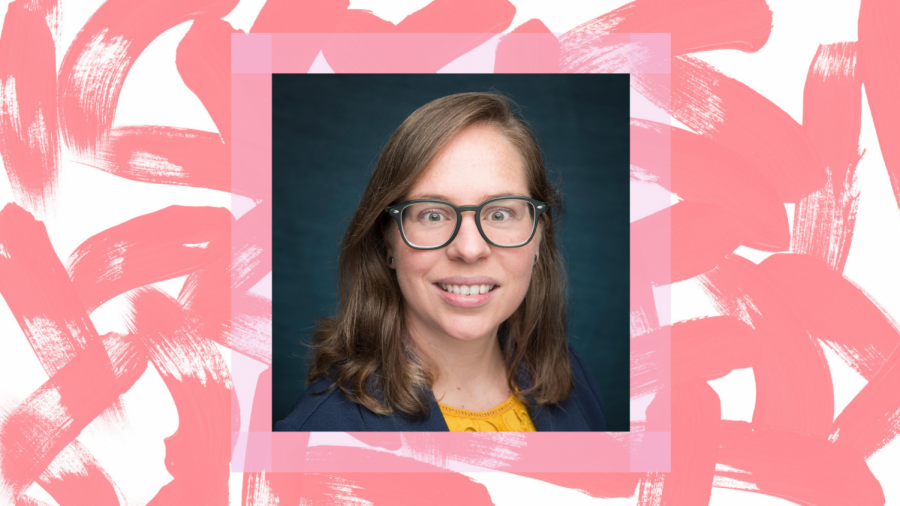UNCW professor links hurricanes to lower breast cancer survival rates
Hurricane season brings devastation to many residents of the coast, a fact that hits close to home for UNCW students. We typically talk about the immediate impacts of storms such as Florence. However, Dr. Rachel Carroll, an assistant professor in the mathematics and statistics department at UNCW, has been focusing on the long-term effects for nearly two years.
It started when Carroll was working on her postdoctoral at the National Institute of Environmental Health Sciences in Durham. One of her main fields of interest is spatiotemporal modeling, or finding how certain data changes over space and time. Carroll and her team decided to study the relation of hurricanes to breast cancer and see how the data changed prior to and after major storms.
“For this project, we were interested in trying to see how breast cancer would change. So, estimate it before and then see how it changes after,” she says. “It was an easy extension for me to think about it in terms of natural disasters.”
They came across a data set from Louisiana that focused on prostate cancer and decided to build their model for breast cancer following the same methods. When presenting the project to their department, a colleague suggested looking at a specific major storm in Louisiana from the past 20 years: Hurricane Katrina.
“In this model, our temporal estimate that we can estimate with the data gives an idea of how breast cancer survival changes across time,” Carroll explains. “So, we basically input into the model what year the woman was diagnosed, and the temporal estimate was associated with that given year. The data started in 2000 and it went to 2013, so 2005 was right there in the middle.”
With Carroll’s model, the team could tell what the survival rate of an individual woman’s breast cancer diagnosis was based on the year she received her diagnosis. By focusing on 2005, the year Hurricane Katrina hit Louisiana, Carroll and her team could study how the storm affected survival rates.
In general, Carroll says the survival rate for breast cancer had been steadily increasing. However, the rate eventually declined.
“We could see how that temporal estimate changed,” she says. “In general, it was an increase across the whole period because breast cancer treatments and screenings have improved. Then, we saw a dip that happened around 2006.”
The decrease in survival rates came about 14 months after Katrina and lasted for two years and seven months. Carroll and her team say they attribute this to women who were affected by the storm in some way disregarding regular doctor appointments, mammograms and other checkups in order to focus on more seemingly pressing matters. Once they did get checked out, their diagnoses were much worse since doctors hadn’t been able to catch the cancer earlier.
Carroll says this trend is most likely not specific to breast cancer, but she hasn’t been able to study other areas quite yet. She says the most important takeaway from her findings is to never put your health on the backburner, even after a natural disaster.
“I personally think that it’s just something that should be urged to people, to not put their health aside and keep doing their annual doctors’ visits and mammograms and prostate cancer checks,” she says. “Don’t let that fall by the wayside just because you have other stuff going on in your life. It’s definitely easy to do, but try as much as you can.”
With Florence still fresh on the minds of thousands of Wilmington residents and UNCW students, this advice is more pressing than ever.
“Katrina was definitely a worst-case scenario,” she says, “but that’s also a good way of studying this because you can really see the impact. With Florence, there probably still will be an impact, maybe not quite as big, but it’s still there for those women who do end up getting diagnosed a little bit later than they should have been.”
The advice is also personal to Carroll, as her mother was recently diagnosed with breast cancer. She says it has only motivated her to continue her research and to help the general public understand the statistics and start putting their health first.
“I want to continue to work in breast cancer for sure,” she says. “It’s still something that’s important to me. If there are questions that researchers have, but there aren’t statistical models available to answer those questions, that’s my wheelhouse. I want it to be something that is interpretable and easy for other people to use in the future.”
For information about breast cancer screenings, visit https://www.nhrmc.org/services/women/breast.








